Please feel free to contact us if you are interested in our products or want to know more details or the latest price. We sincerely hope to cooperate with customers all over the world! Send your inquiry now!
Cooking oil processing machines which can process various oil seeds, including peanut, soybean, sunflower seed, palm, palm kernel, sesame, rapeseed, cotton seed, etc.,
10tpd soybean oil production line in zambia
- Product Using: Producing Soybean Oil
- Type: Soybean Oil Production Line
- Main Machinery: Soybean Oil Production Line Machine
- Automatic Grade: Automatic
- Production Capacity: 1-50T/D
- Model Number: TY70
- Voltage: Adjustable
- Power(W): 1-30kw
- Dimension(L*W*H): according to the capacity
- Weight: according to capacity
- Certification: ISO CE ISO9000
- After-sales Service Provided: Engineers available to service machinery overseas
- Steel type: SS 304 or carbon steel
- Oil standard: 1st grade edible oil
- Adapt to: Edible Oil Extraction Plant
- phospholipid: Edible Oil Extraction Plant
- Guarantee period: 1year
- Process capacity: factory
- Method: Edible Oil Extraction Plant
- process: deodorization
- company name: zhengzhou QI'E Factory
- residual oil: less than 1%
- Project Location: zambia
10TPD Small Soybean Oil Refining Plant Line in Zambia
Due to low transportation cost, good quality of crude soybean oil, he decided to invest on starting up a small scale soybean oil production line to produce edible oil, with capacity 10 tons per day, to enrich his product catalogues and expand market share after thorough market research. In May 2017, he contacted with us through e-mail.
100TPD Turnkey Soybean Oil Mill Project in Zambia This is turnkey soybean oil mill project built in Zambia, including 6 sets of 2500T Storage Silo, 100 ton/day Soybean Preprocessing Plant, 100 ton/day Solvent Extraction Plant, 20 ton/day Refinery Plant, and 10 ton/day Animal Feed Plant.
Setup Cooking Oil Production Line Business in Zambia | Oil
Some of the steps to start a cooking oil production business in Zambia are as follows: Examine the Market. It is critical to research the demand for cooking oil in various parts of Zambia, as it is heavily influenced by income and population density. The common hot sale cooking oils has soybean oil, sunflower oil, coconut oil, palm oil, palm
soybean oil extractor in zambia | oil extraction machine supplier. agricultural soybean oil extractor in zambia. Usage: Soybean Oil; Type: Vegetable Seed Oil Machine; Production Capacity: 10T-100T/D; Model Number: CS50; Voltage: 220V/380V; Power(W): According to the actual situation; Dimension(L*W*H): According to the actual situation; Weight: According to the actual situation; Certification
10tpd soybean oil press machine in zambia
40 TPD Soybean Processing Plant Installed in Zambia. 40 Ton Per Day Soybean Processing Line is installed on Turnkey Basis in Zambia. A complete soya bean processing plant includes various processes such as soybean cleaning, soybean destoning, soybean cracking, hulls separations, soybean extrusion, oil pressing, crude oil filtration, cake
40 TPD Soybean Processing Plant Installed in Zambia. 40 Ton Per Day Soybean Processing Line is installed on Turnkey Basis in Zambia. A complete soya bean processing plant includes various processes such as soybean cleaning, soybean destoning, soybean cracking, hulls separations, soybean extrusion, oil pressing, crude oil filtration, cake
10~20TPD Cooking Oil Pressing Line
Cooking Oil Pressing Line Features (10~20TPD) Compared with large scale oil production plant, it has many merits, some of which are listed below: Available to process many different raw materials, including sunflower seeds, soybean, palm kernel, copra, sesame, castor beans, and more. Fully automatic pressing machine can save energy consumption
wholesale high quality soybean oil plant price in zambia. Usage: Soybean Oil; Production Capacity: 5TPD-100TPD; Voltage: 380V/50HZ; Dimension(L*W*H): 2100*900*1800mm; Weight: 140 KG; Core Components: Motor, Engine; Oil type: Soybean Oil; Product name: Screw Press Oil Expeller; Material: Carbon steel or stainless steel; Raw material: Soybeanl
Featured Projects about Oil Mill and Flour Mill at KMEC
50TPD Cotton Seed Oil Pressing Line: India: 2010.08: 10TPD Soybean Extrude line: Argentina: 2010.10: 5TPD Soybean Oil Refining: Korea: 2011.03: 30TPD Soybean oil pressing line: Argentina: 2011.03: 20TPD Oil Filing and Bottle Making Machines Line : 2011.03: 20TPD Sesame Jam Processing Line : 2011.07: 10TPD Oil Pressing Line: Senegal: 2011.08
The soybean oil production line is the process of treating soya bean with the press method or leaching method to obtain more crude oil and then refined to obtain edible refined oil. Pressed soybean oil has natural colors, aromas and flavors, and retains raw material’s various nutritious ingredients when comparing with the leached oil. The
- Which region is best for soybean cultivation in Zambia?
- In Zambia, Region II is the most suitable with a rainfall range of 800-1000 mm annually. The optimum temperature range for soybeans growth and development is 22- 35 C. Very low temperatures, especially during owering, will reduce the oil content and yield.
- Where is soybean grown in Lusaka?
- The soybean crop is recommended to be grown in rotation with cereals. Though Soybean is widely adapted and is grown throughout the country, major production areas are found in agro ecological Region II of Lusaka and Central Provinces and parts of agro ecological Region III of Copperbelt Province. 2.0 Climatic and Soil Requirements
- Where is soybean grown?
- Though Soybean is widely adapted and is grown throughout the country, major production areas are found in agro ecological Region II of Lusaka and Central Provinces and parts of agro ecological Region III of Copperbelt Province. 2.0 Climatic and Soil Requirements 2.1 Climate Soybeans require medium amounts of rainfall.
- What is soybean oil used for?
- It can also be processed into soybean our and soybean milk. The soybean meal that remains after the oil is extracted is almost all used as a high protein livestock feed, but the meal can be further rened to give various protein extracts for direct human consumption. In Zambia, it is grown by both commercial and small-scale farmers.
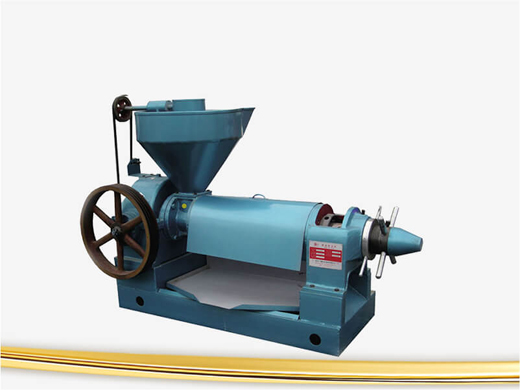
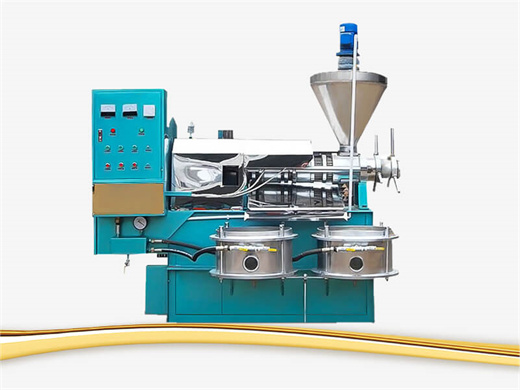
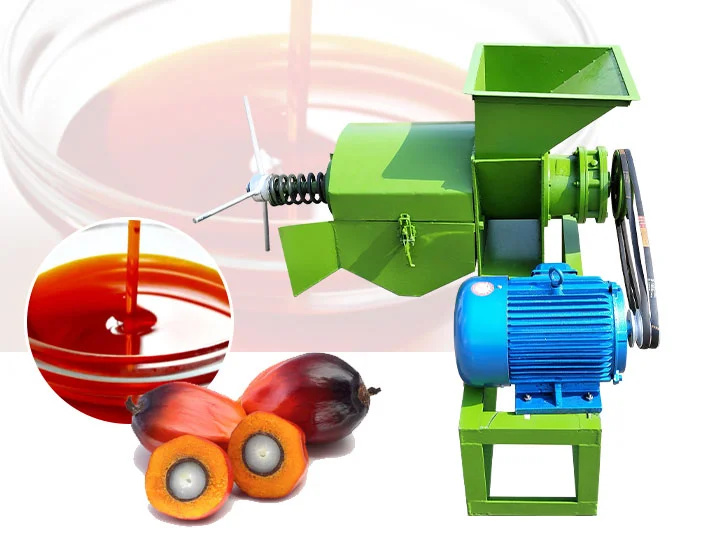
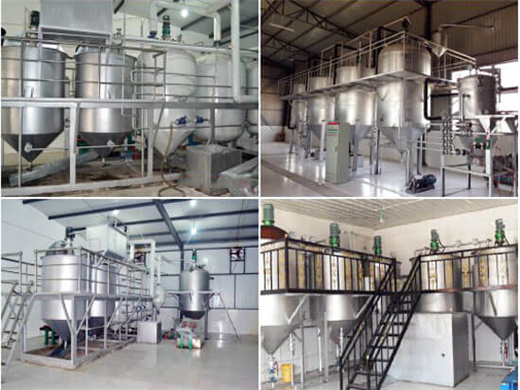
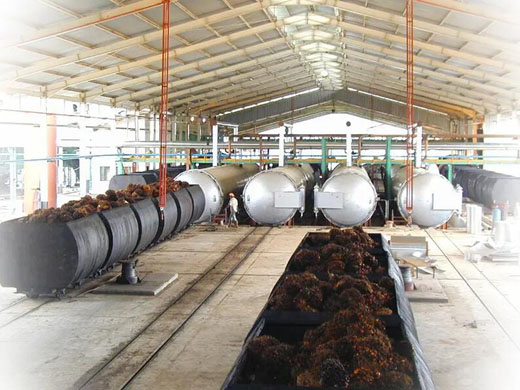
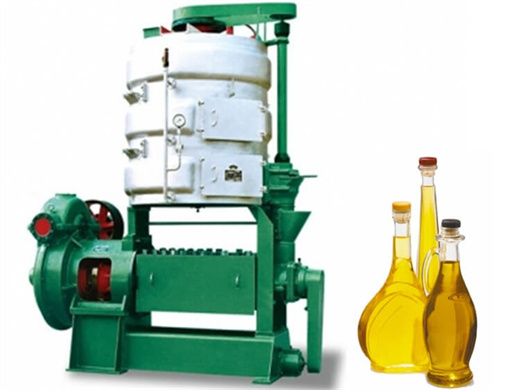
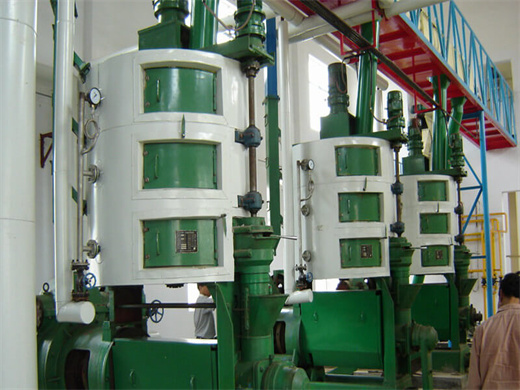
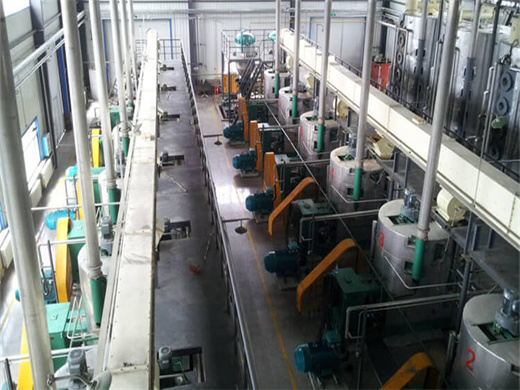












REQUEST A QUOTE
You Can Write Down Your Requirements! Submit your enquiry, we will reply your quote within 24 hours.